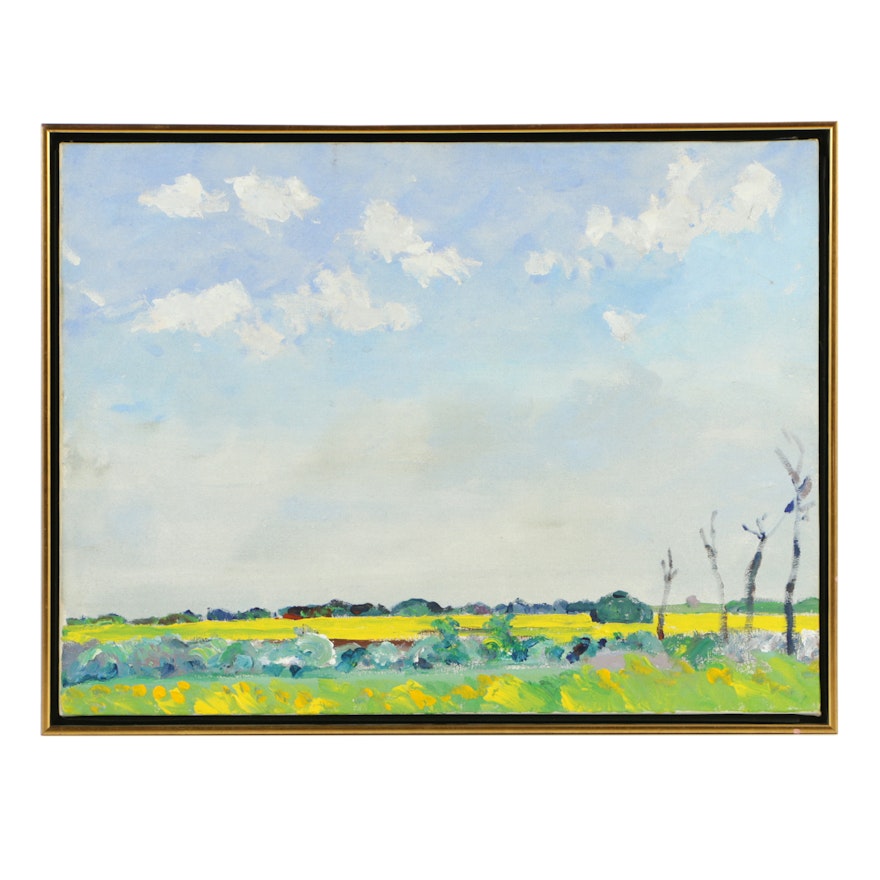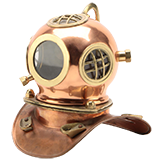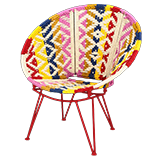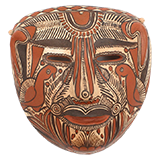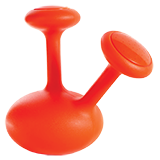Dorothy Knowles, "Rapeseed Fields Near Duck Lake"
Item Details
Dorothy Knowles (Saskatchewan, Canada; b. 1927)
Rapeseed Fields Near Duck Lake
acrylic on canvas
inscribed on verso; 5 – 10/ Rape Seed Fields Near Duck Lake/ Acrylic 18×24/ Dorothy Knowles
framer’s label to verso
Provenance
Ex Collection of critic and curator Kenworth Moffett (1934-2016) and Lucy Baker (b. 1955)
Descended in the family to the current owner
The acrylic on canvas work depicts a Canadian prairie landscape, a quintessential subject for the artist. The compacted verdant yellow and green rapeseed fields are contrasted and complimented by the blue skies and accumulation of clouds. Signed, titled, and the medium listed by the artist to the verso. Presented in original wooden box frame without glass. Located in Saskatchewan, Canada, Duck Lake is a small town located along the edges of its namesake lake and boreal forests. Close to Emma Lake, it is north of Saskatoon and northeast of Knowles’s childhood home.
The style and rendering of the work suggest it is a part of Knowles’s mature body of work. Her mature style includes Saskatchewan landscape subjects, thin applications of paint, and a layering of cool colors against warm colors. An avid watercolorist, her use of layering of color in thin applications of paint is noted in her acrylic and oil paintings.
Knowles was born in Unity, Saskatchewan. Her childhood was spent surrounded by the prairie landscapes that she would later paint. Knowles received her Bachelor’s Degree in Biology from the University of Saskatoon. She began her formal education in art at a six-week Emma Lake Workshop under muralist James Frederick Finley (Ontario, Canada; 1894 – 1968) and the Canadian prairie watercolorist Reta Cowley (Saskatchewan, Canada; 1910 – 2004). She continued to study painting under three-dimensional relief artist Eli Bornstein (United States / Saskatchewan, Canada; b. 1922) and painter Nicholas Bjelajac (1919 – 2006) at the University of Saskatchewan. It was also at this time that Knowles met and married the abstract painter William Perehudoff (1918 – 2013) in 1951. The following year, Knowles exhibited her work for the first time at a group exhibition with her husband at the Saskatoon Art Centre. Throughout their careers, the Perehudoffs routinely exhibited in solo and group exhibitions in the Saskatchewan province and attended Emma Lake Workshops in Saskatchewan. It was at these workshops that Knowles would become acquainted with art critic Clement Greenberg (1909 – 1994), Kenneth Noland (1924 – 2010), Jules Olitski (1922 – 2007), and presumably Friedel Dzubas (1915 – 1994) and Kenworth Moffett (1934 – 2016).
The Emma Lake workshops were critical to Knowles’ development, where each workshop leader influenced a change in Knowles’s artistic style. Her abstract work was akin to the color field artists she commonly associated with. Clement Greenberg is credited with turning Knowles from abstraction towards landscapes and favoring a use of heavy impasto. He is quoted as saying, ‘In an era of ’high abstraction,’ one might still paint landscapes ambitiously and without embarrassment.’ Kenneth Noland, another lion in the field of abstraction, favored a more fluid style in her work. These experiences and relationships from the Emma Lake Workshops would instill in her a love of plen-air painting.
Knowles has exhibited regularly in solo and group shows at the Mendel Art Gallery (Saskatoon, SK) and the Norman Mackenzie Art Gallery (Regina, SK). Both Saskatoon and Regina were cultural hubs for abstract art. Her major solo exhibitions include “Dorothy Knowles: Watercolour Portraits of Saskatchewan” at the Norman Mackenzie Art Gallery (2009) and the touring exhibition “Dorothy Knowles: Landmarks” at Moose Jaw Museum & Art Gallery, Saskatchewan (2009-2010).
In 1987, Knowles received the civilian honor, the Saskatchewan Order of Merit for her contributions to the cultural well-being of the province. In 2009, became a Member of the Order of Canada, one of the country’s highest honors. The citation reads in part, “Her evocative paintings have come to symbolize the Prairie landscape.” Knowles remains one of the most sought after modernist painters in Canada today.
Condition
- tears to the paper backing; smaller-than-dime-sized streak of brown near upper right corner; overall fine condition.
Dimensions
- measures frame; canvas measures 24" W x 18" H.
Item #
17DET014-013
